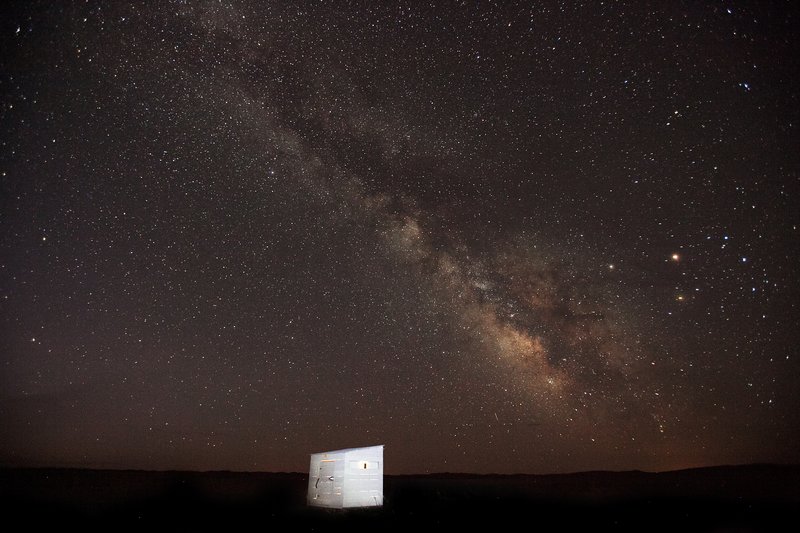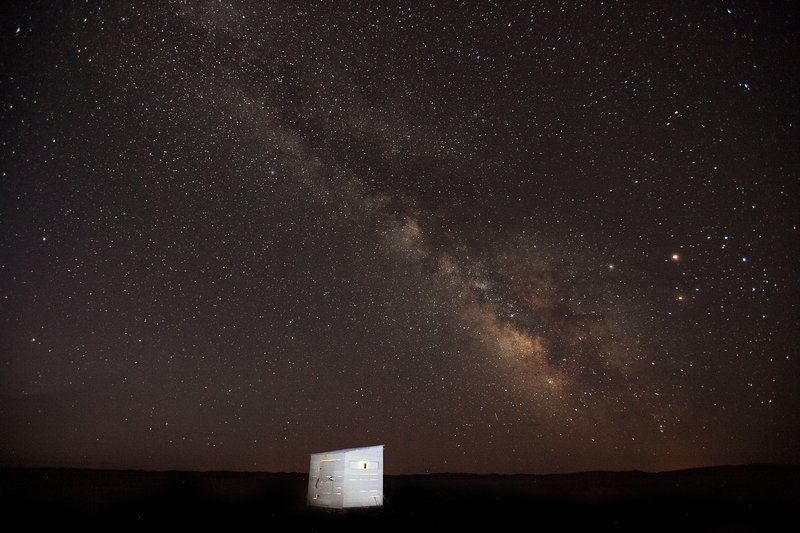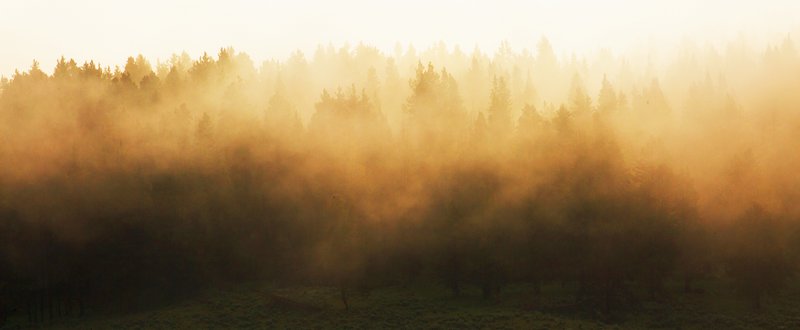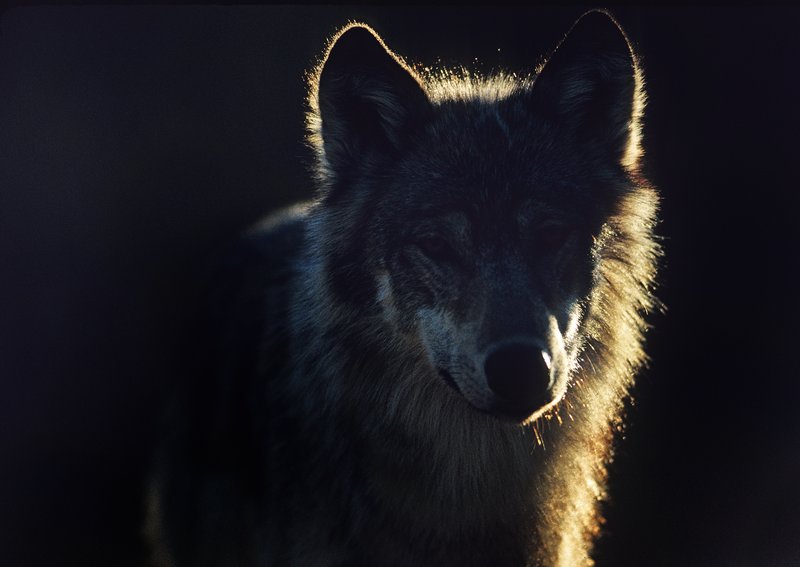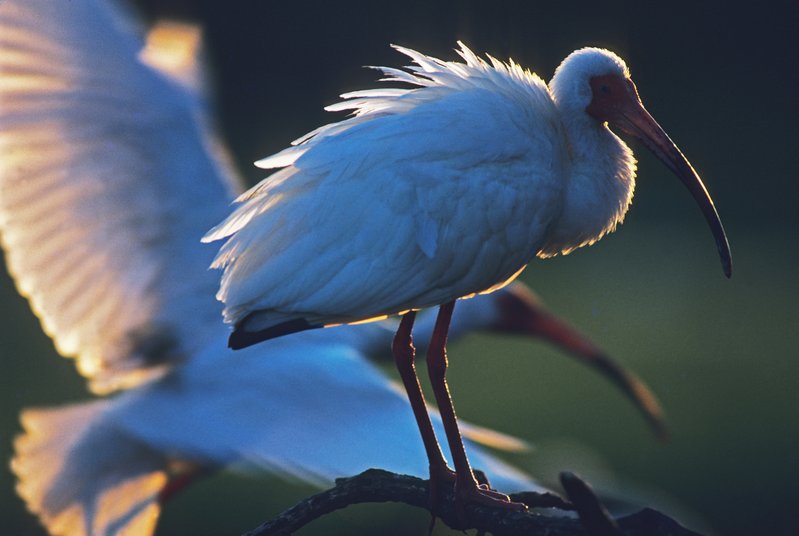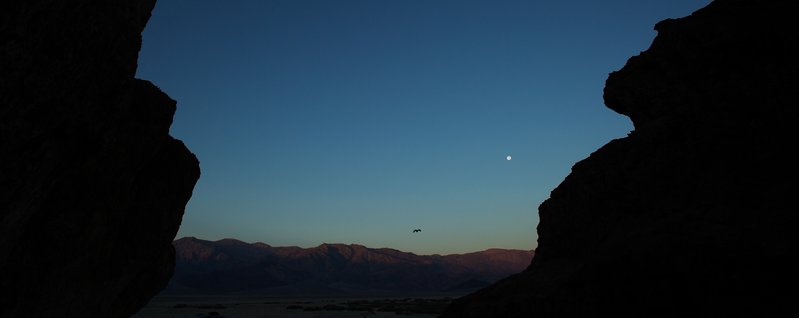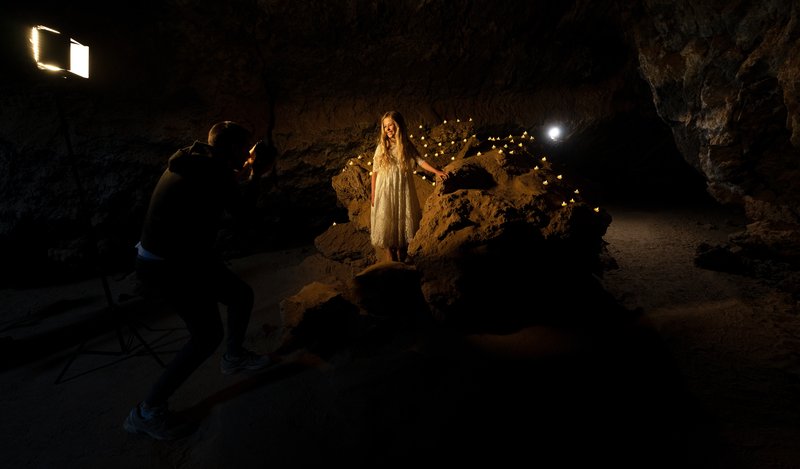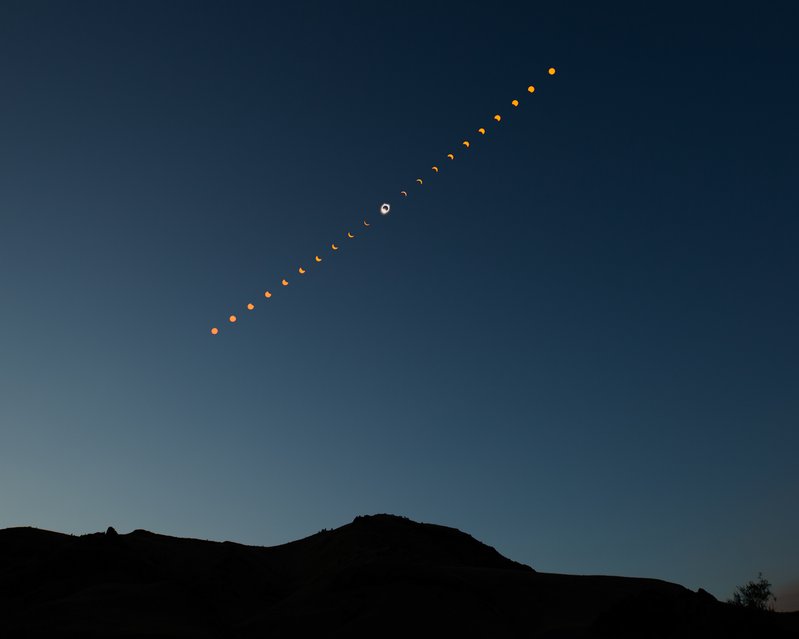Morning Fog, Hayden Valley, Yellowstone National Park, WY
Hayden Valley, in Central Yellowstone National Park, is a sub-alpine valley between Yellowstone Falls and Yellowstone Lake. The Valley is named for Frederick Hayden whose 1871 survey led to the creation of the park, but in 2018 Native American leaders began a campaign for it to be renamed Buffalo Nation’s Valley because Hayden advocated for the extermination of the Native Americans who didn’t obey U.S. imposed laws.
Hayden is the largest valley in Yellowstone. It’s an old lake bed once saturated by a huge flooding of Yellowstone Lake thousands of years ago. It contains some of the richest wildlife habitat in the park.
Dark Skies
Because of my background in photojournalism, I am often asked whether I believe there is a “decisive moment” in landscape and wildlife photography. For those who don’t know, the concept of the “decisive moment” was made famous by the late, great Henri Cartier-Bresson, who said, “There is nothing in this world that does not have a decisive moment.” In his words (and spellings), he wrote, “Photography is the simultaneous recognition, in a fraction of a second, of the significance of an event as well as of a precise organisation of forms which give that event its proper expression.”
My positive response to the question lies in the second half of his answer as composition is a critical element in all genres of photography. One difference between news photojournalism and environmental photography is contained in the famous photojournalism cliché “F8 and be there" often attributed to Arthur Fellis (WeeGee), the noted street photographer in New York circa 1930s & 40s. This philosophy is often echoed by my colleagues in the Natural Arch and Bridge Society when asked, “When is the best time of day to photograph a natural arch?” and their response, “When you are there.”
Of course, it is infinitely more complex than that response, which is always delivered with a smile, and to me, that complexity involves light. That is the commonality found in this grouping of photographs that depend on light more than anything else. Although there are not any photographs of sunrises or sunsets included, there are photographs that include the sun and the moon, sometimes even in the same photograph, and other photographs that rely on the first and last rays of morning and evening sunlight, reflected light and the rising and setting of the moon as a focal point of interest.
My best advice? Get up early, stay up late and nap in between.
